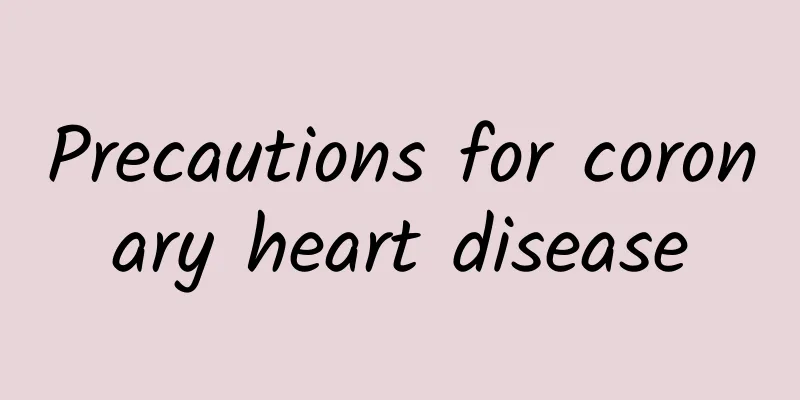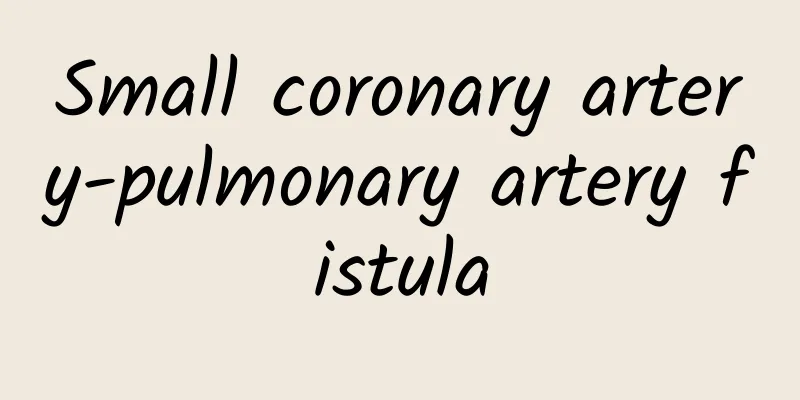What is the traditional Chinese medicine prescription for lung heat cough?

|
I don’t know if you have ever heard of the disease called lung heat cough. It is generally caused by stagnation of heat in the lungs and failure of lung qi to flow, which then leads to coughing. So coughing is its main symptom. However, many people do not know enough about this disease, do not know what medicine to take to treat it, or even know whether they have the disease. So today, I will introduce to you a traditional Chinese medicine prescription for lung heat and cough. 1. Ephedra Used for wheezing and coughing caused by stagnation of lung qi. It can open up the lung qi, dissipate wind and cold and relieve asthma. When used in combination with almonds and licorice, it can enhance the antiasthmatic effect; it is useful for those with wheezing and coughing caused by evil heat blocking the lungs. Classic ancient prescription: Ephedra is combined with gypsum, apricot kernel, licorice, etc. to clear the lungs and relieve asthma, which is Ma Xing Shi Gan Tang. Modern pharmacology: Studies have shown that ephedrine in ephedra has a relaxant effect on bronchial smooth muscles, and methylephedrine can dilate the bronchi. Ephedra aqueous solution extract has a significant antitussive effect on cough. 2. Morus alba bark It can relieve the lungs and relieve asthma, promote diuresis and reduce swelling. It is used for symptoms such as lung heat, cough and asthma, facial edema, and difficulty urinating. "Compendium of Materia Medica" records: Mulberry bark is used to treat excessive heat in the lungs, coughing followed by wheezing, swollen face and hot body. Generally, it is decocted in water, 5-15g. It can purge the lungs and promote diuresis, calm the liver and clear heat and should be used raw. It can be roasted with honey for cough caused by lung deficiency. 3. Scutellaria baicalensis Clears away heat and dampness, purges fire and detoxifies. It is used for chest tightness and nausea due to damp-heat and summer-heat, fullness and distension due to damp-heat, diarrhea, jaundice, cough due to lung heat, high fever and thirst. It is used for high fever, thirst, lung heat cough, or heat toxic sores, etc. Classic ancient prescription: For treating high fever due to fever, it is often used together with Coptis chinensis, Gardenia jasminoides, etc.; for treating lung heat and cough, it is often used together with Anemarrhena asphodeloides, Morus alba bark, etc.; for treating heat and toxic sores, it is often used together with Honeysuckle, Forsythia suspensa, etc. Modern pharmacology: Studies have shown that Scutellaria baicalensis has antibacterial, antiviral and antifungal effects, and its decoction has inhibitory effects on a variety of cocci, bacilli, drug-resistant Staphylococcus aureus, and influenza viruses. 4. Ophiopogon japonicus Nourish yin, produce body fluid, moisten the lungs and clear the mind. It is used for dry cough due to lung dryness, cough due to consumptive tuberculosis, thirst due to loss of body fluid, restlessness and insomnia, internal heat, and constipation due to dry intestines. Nourish yin and clear away heat. Classic ancient prescription: For yin deficiency, internal heat, lack of body fluid and thirst, use 9g each of Ophiopogon japonicus and Dendrobium officinale, 12g each of Polygonatum odoratum and Rehmannia glutinosa, decocted in water and taken orally. Combined with Schisandra chinensis, it nourishes Yin and restrains sweat. It is used to treat excessive sweating due to Yin deficiency, palpitations, chronic cough due to lung deficiency, little sputum or sticky and uncomfortable sputum, etc. 5. Gardenia Gardenia has the effects of purging fire and relieving restlessness, clearing away heat and dampness, cooling blood and detoxifying. It is mainly used to treat restlessness caused by fever, red eyes caused by liver fire, headache, mouth and tongue ulcers, etc. Zhang Zhongjing used Gardenia to treat restlessness and relieve the fire in the lungs. For internal use: decoct in water, 5-10g; or make into pills or powder. For external use: appropriate amount, grind and apply without mixing or mixing. The above is what Chinese medicine is used to treat lung heat cough introduced by the editor. Now everyone has a certain understanding. Therefore, in daily life, we should pay more attention to prevention, especially in terms of diet, so as to reduce the chance of disease and avoid the occurrence of disease. |
>>: What are the medicinal foods that can nourish the kidneys in summer?
Recommend
Plantain for Gout
Gout is a disease that is very harmful to human h...
What to do if you have a sore throat during pregnancy
Many pregnant women often experience sore throat ...
The center line of the teeth causes the mouth to be crooked
Almost everyone has the problem of misaligned tee...
Symptoms of superficial gastritis
There are many kinds of common diseases in life. ...
Varicose arteries are caused by
There is no such thing as varicose veins in medic...
How to select acupoints for moxibustion weight loss
Some friends may have heard that moxibustion can ...
The efficacy and function of sweet potato leaves
I believe everyone has eaten sweet potatoes, and ...
How to sleep better when you are 6 months pregnant? What are the health care common sense?
Generally speaking, when the pregnancy reaches ab...
Complications of femoral shaft fractures
Fractures are more likely to occur in some areas ...
What happens if pharyngitis becomes serious without treatment?
There are some people who, when they are sick, re...
Umbilical cord blood sampling
I don’t know if all pregnant women have done umbi...
How to treat thin and soft hair
Everyone's hair quality is different. Some pe...
What causes stomach pain in the middle of the night?
The problem of stomach pain in the middle of the ...
The reason why you feel sore all over after using the air conditioner
In summer, many people like to use air conditioni...
What to do if the skin around the stoma is red and swollen
No matter what kind of problems the human body has...









